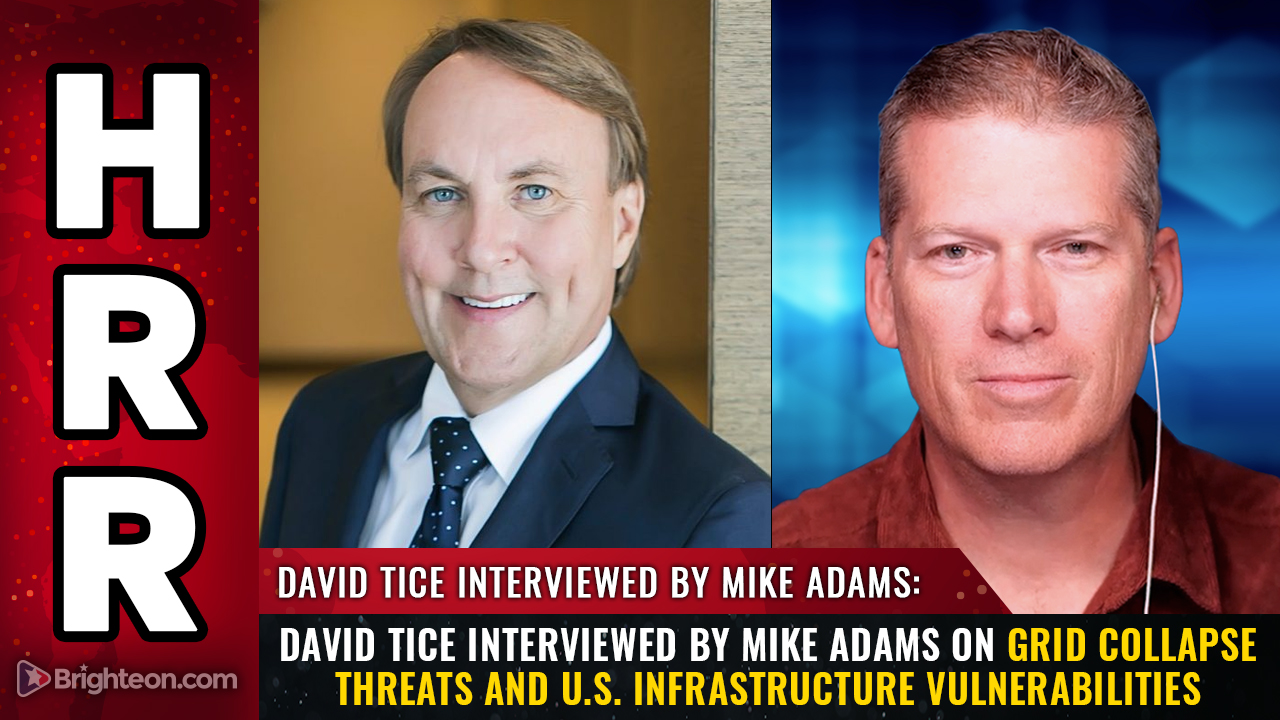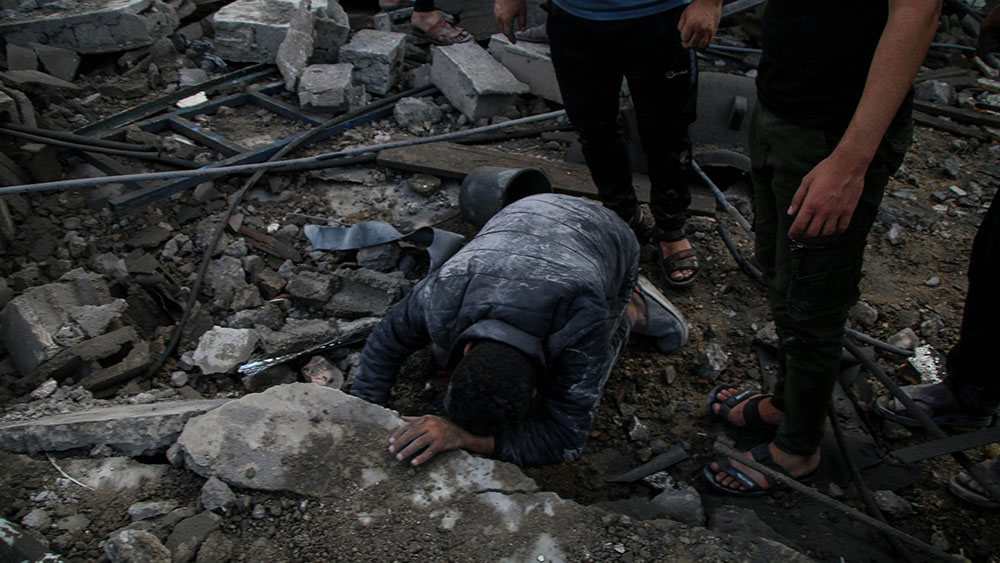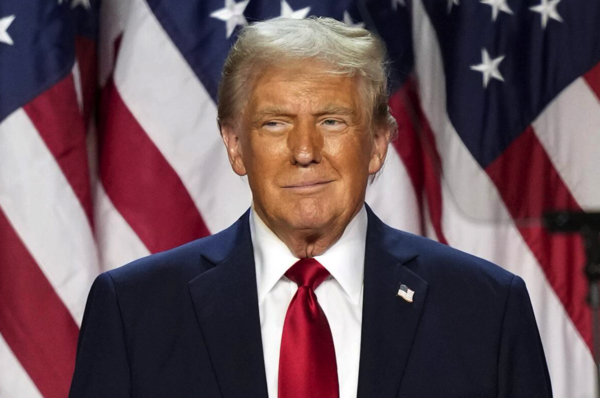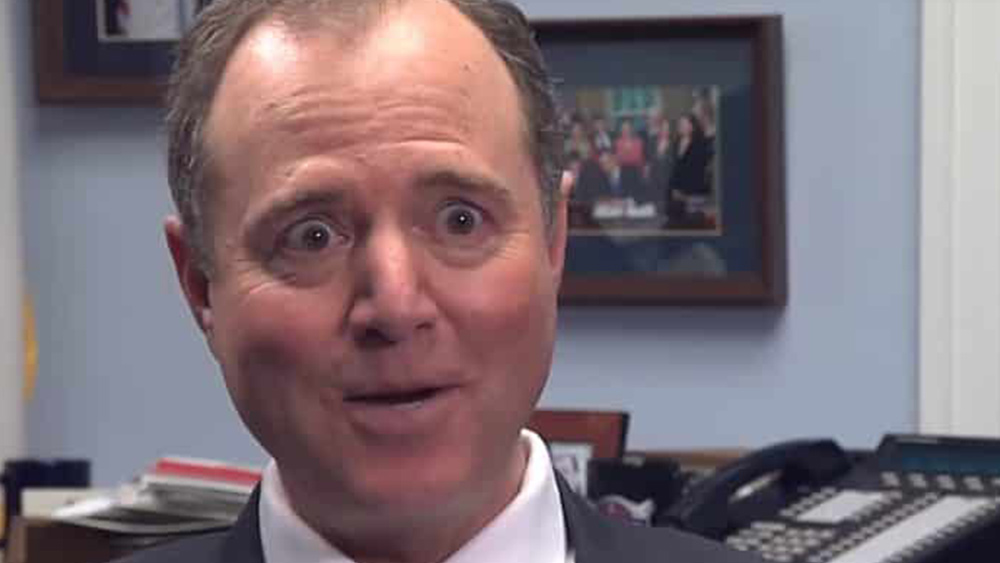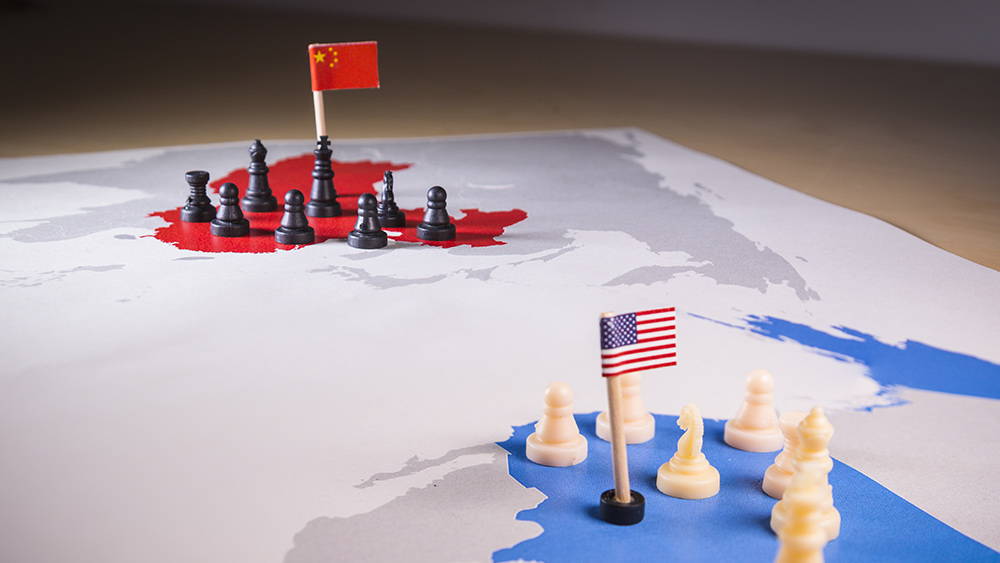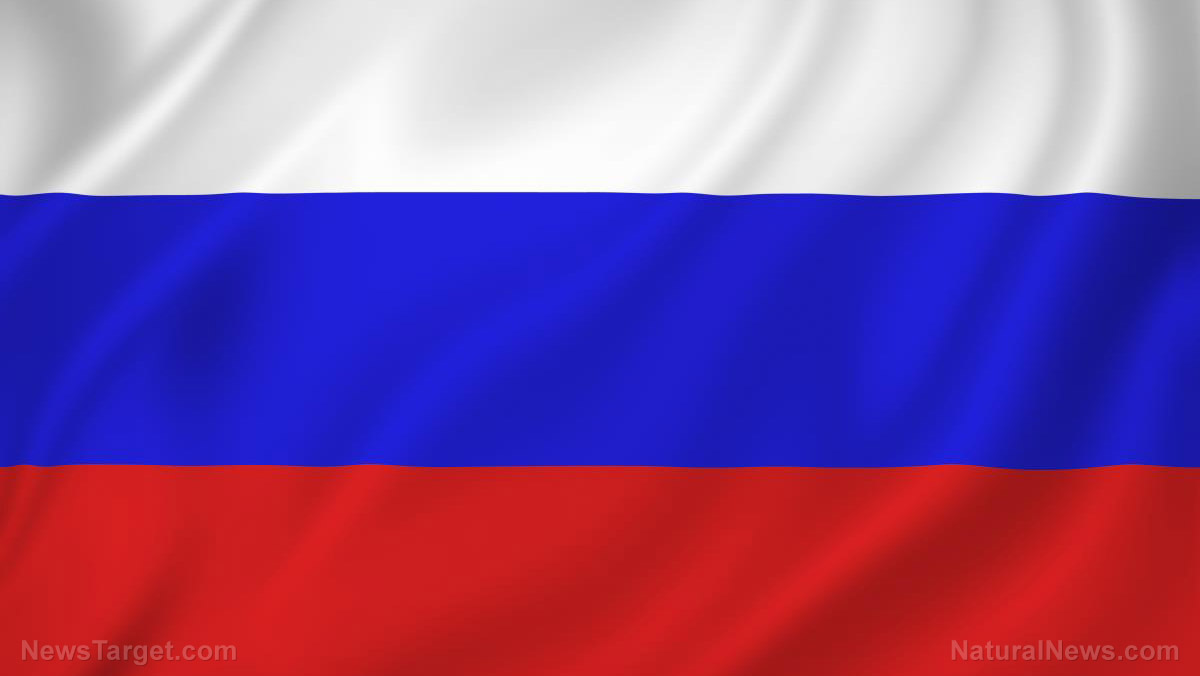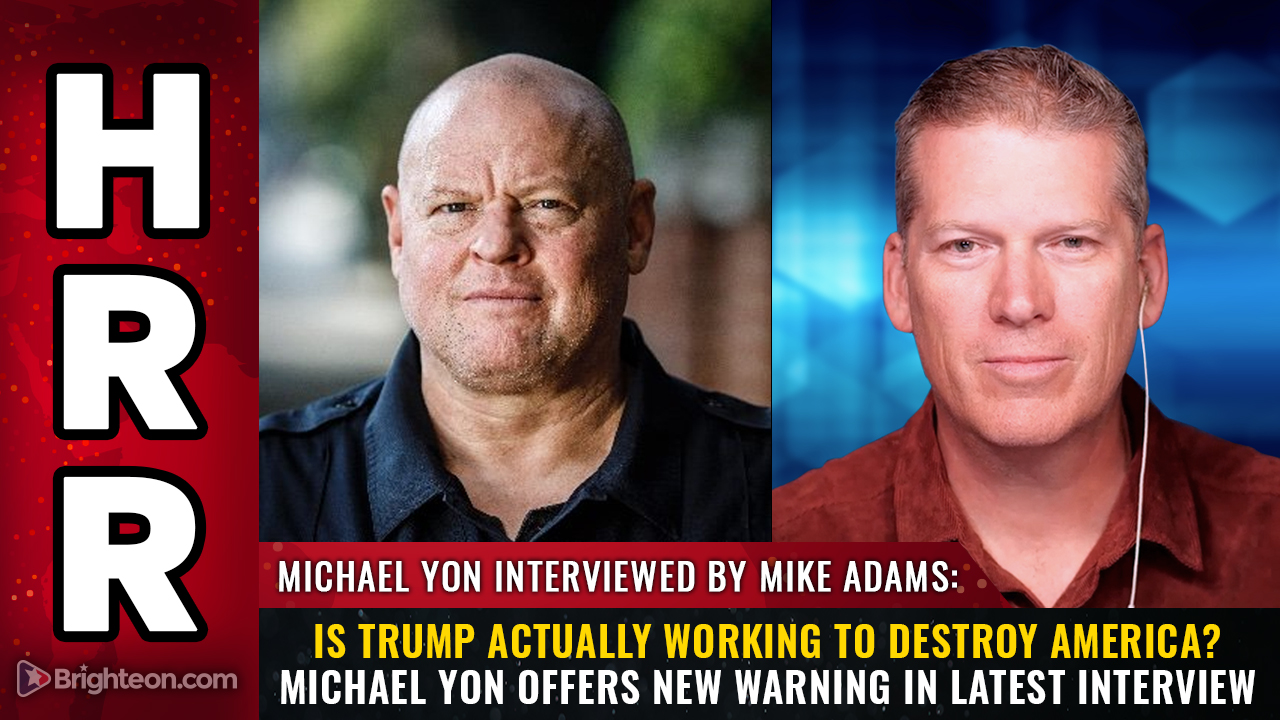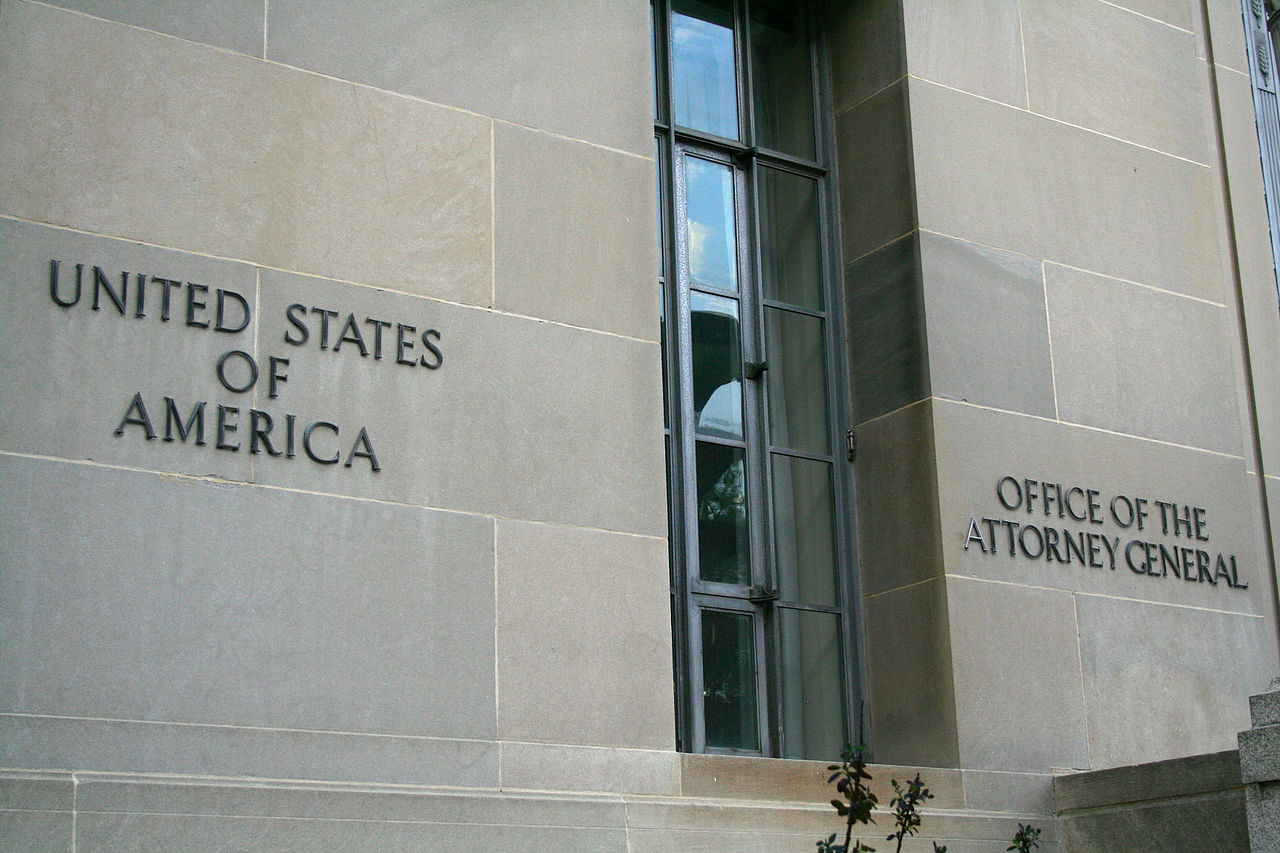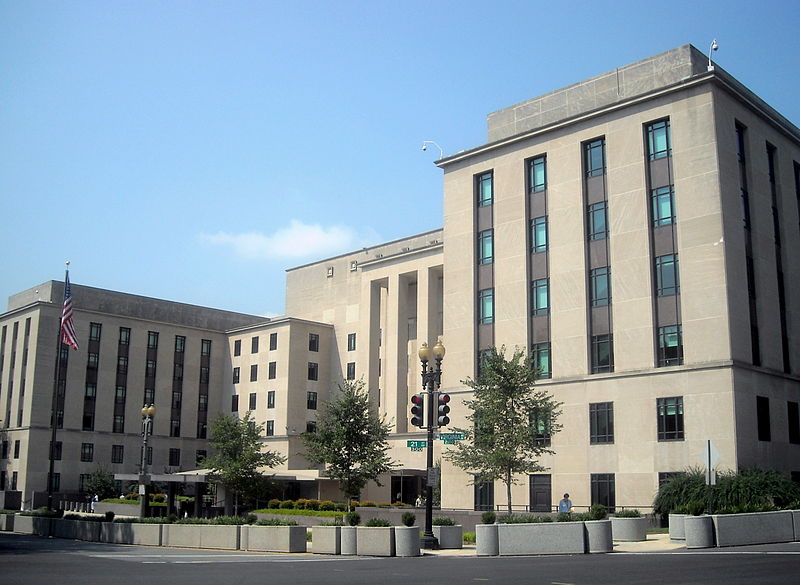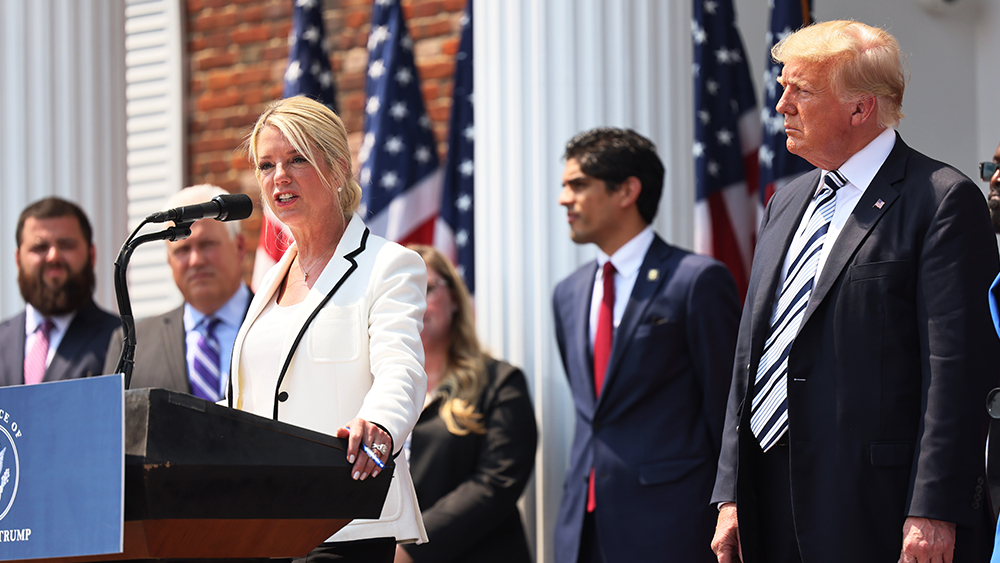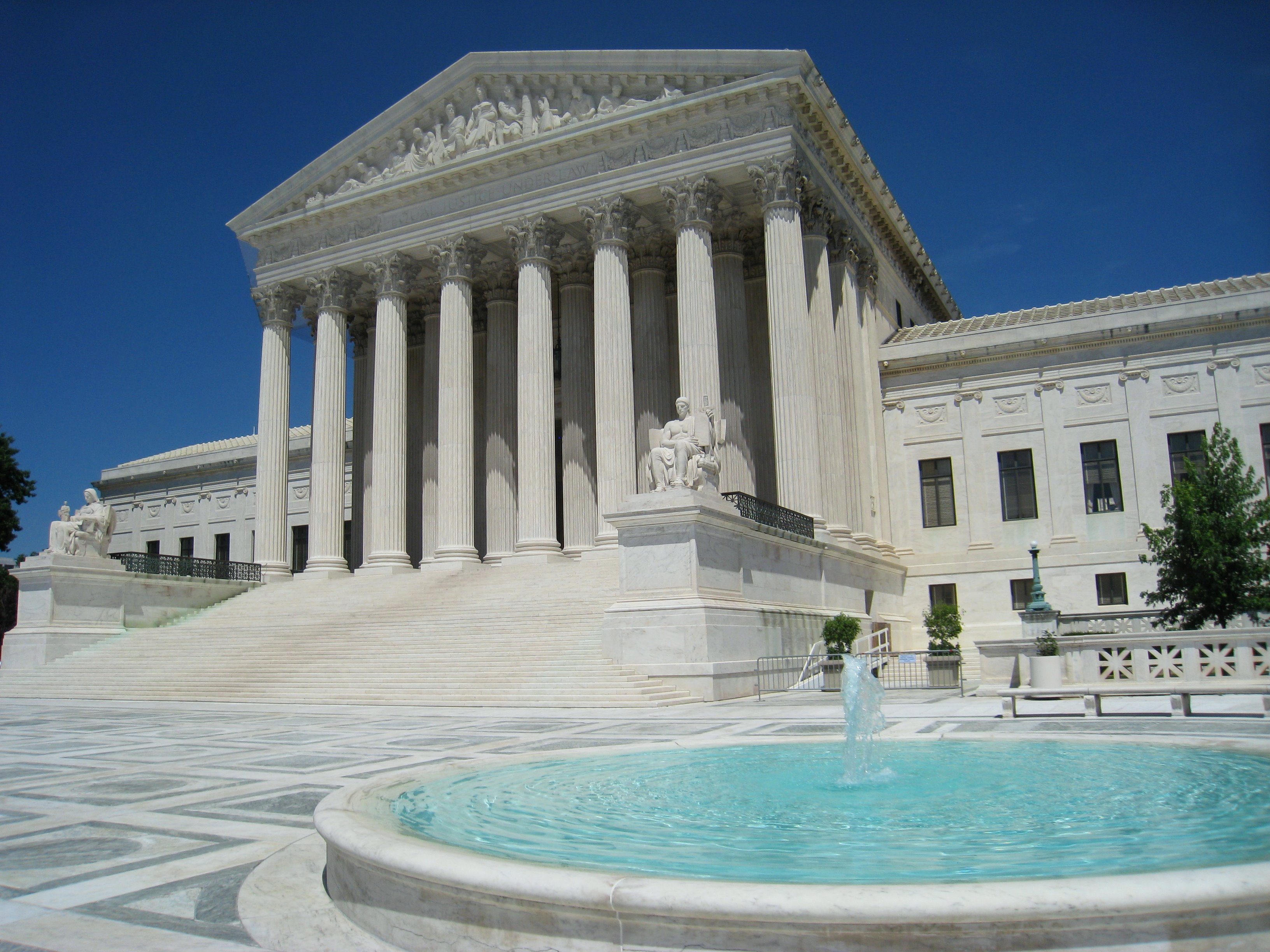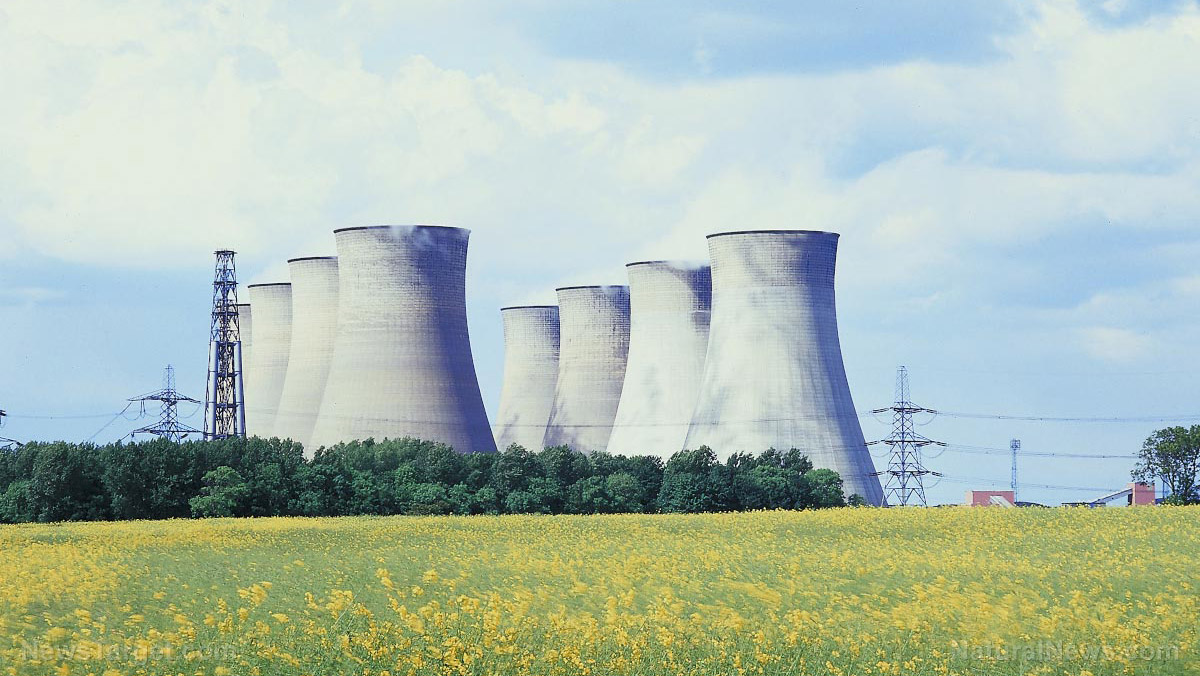U.S. to arm Ukraine through NATO as Trump threatens Russia with “existential” sanctions amid nuclear warnings
07/15/2025 / By Willow Tohi
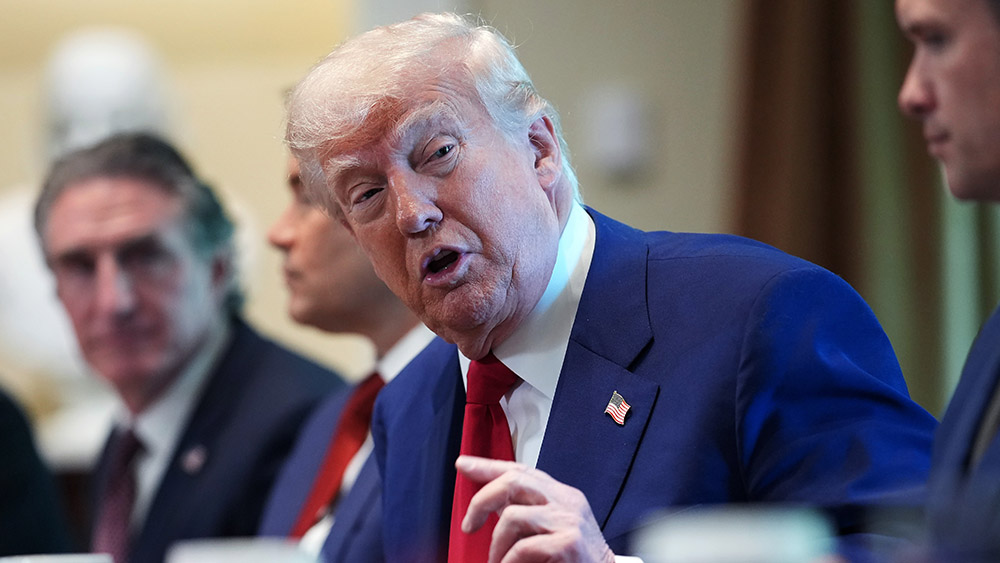
- President Donald Trump issued a 50-day ultimatum to Russia, warning of crippling tariffs if no peace deal is reached with Ukraine.
- The U.S. will send advanced military equipment to Ukraine through NATO allies, who will foot the bill.
- Zelensky delivered a nuclear ultimatum: either NATO membership or Ukraine will pursue its own nuclear arsenal.
- Oil prices dropped as markets reacted to delayed U.S. sanctions on Russian energy.
- Senators and analysts raised concerns over escalating risks of further Russian aggression.
Ukrainian President Volodymyr Zelensky delivered a stark warning to the West during a European Council speech in Brussels, declaring that Ukraine would seek nuclear weapons capability unless it secures NATO membership and military support. “Our protection must come from NATO guarantees or we will become a nuclear power,” Zelensky said, emphasizing Ukraine’s desperation to counter Russia’s unchecked aggression. This declaration underscored Kyiv’s frustration with the stalled U.S.-backed sanctions and arms packages, now in flux following President Donald Trump’s announced strategy.
NATO-funded arms, tariffs and a 50-day clock to prevent “collapse” of peace talks
In a major pivot, Trump unveiled two simultaneous strategies targeting Russia: leveraging European allies to fund advanced weapons for Ukraine and threatening Washington with “secondary tariffs” that could destabilize Russia’s economy unless a peace deal is finalized in 50 days. “Either Putin halts this war, or we’ll sink his economy deeper,” Trump declared during remarks in Brussels. The White House confirmed that European countries, including Germany and Finland, will purchase U.S. weaponry—including long-range systems—to funnel to Ukraine.
This shift marks a departure from Trump’s earlier claims of maintaining a “defensive” stance. A senior administration official told Axios: “The President’s view is that if we don’t act aggressively, Ukraine will collapse or nuclearize, which is far more dangerous.”
The 50-day deadline includes tariffs on Russian energy exports and financial penalties on foreign buyers of Russian goods, sparking immediate market reactions. West Texas Intermediate crude slid 2% on Monday, as traders bet sanctions were not immediate enough to disrupt oil flows. “The 50-day timetable takes panic off the table,” said energy analyst Phil Flynn, who questioned whether such leniency would pressure Putin.
Zelensky’s nuclear warning and the pivotal NATO summit
Zelensky’s Brussels address came just days after critical talks with Trump during the NATO summit, where he reportedly presented a “relentlessly professional image” that won over skeptics. One U.S. official described Zelensky as appearing “like a normal human being—dressed respectably, not wild-eyed.” This nuance, paired with Kyiv’s growing casualties—Trump admitted, “more are dying than reported”—appears to have softened Trump’s opposition to arming Ukraine offensively.
Zelensky’s implicit nuclear threat echoes 2022 fears of a regional arms race. Analysts warn that if Ukraine proceeds, Russia could retaliate, citing its own arsenal. “This is a game of chicken,” said former NATO official Ivo Daalder, noting that China and Iran might also be emboldened to pursue weapons if Ukraine succeeds.
Flaws in the plan? Senators and allies weigh in
Not all in Trump’s camp support the strategy. South Carolina Senator Lindsey Graham, a hawkish ally, celebrated the “aggressive” approach, calling it a “game-changer.” Yet libertarian factions within the GOP argue it risks drawing the U.S. deeper into Europe’s war. “This should be NATO’s responsibility, not America’s credit card,” said Senator Rand Paul, who plans to introduce legislation blocking U.S. military financing.
European allies remain wary. NATO Secretary General Mark Rutte emphasized that allies’ financial commitments require strict oversight to avoid U.S. taxpayers shouldering indirect costs. Meanwhile, Russian media mocked the sanctions timeline, with RT calling it “a dog’s breakfast of confusion.”
The geopolitical risks are nothing new
Trump’s newfound support for Ukraine’s military aligns with his pre-election pledges to “keep America separate” from perpetual wars. However, critics cite Tom Woods’ Law #3—a satirical edict noting that “no matter whom you vote for, you always wind up getting John McCain.” This reflects frustration over Trump mirroring predecessors’ hawkish policies.
Geopolitically, analysts highlight parallels to the Cold War arms race. Zelensky’s nuclear threats have historical echoes of Israel’s undeclared arsenal or Pakistan’s 1998 tests. A 2025 Institute for Peace Research report concluded that unchecked escalation could spiral into a “surrogated nuclear conflict,” with neither side willing to back down.
A new phase of great power competition
Trump’s twin strategies—backing Ukraine militarily while economically pressuring Russia—signal a hardening of U.S. resolve against Moscow. Yet the risks are steep: a nuclear-armed Ukraine could destabilize Europe; failure to secure sanctions might embolden Russia. Meanwhile, creditors and energy markets grapple with uncertainty, reflected in wobbly oil prices.
Zelensky’s ultimatum, meanwhile, forces the U.S. to choose between NATO expansion—a political minefield—or acquiescing to a nuclear-armed rival. “We’re playing with rigged cards,” Trump admitted on Sunday. “But someone’s got to play.”
As the 50-day clock begins, the world waits to see whether Trump’s gambit prevents a nuclear confrontation—or accelerates it.
The stakes for global security have never been higher. While Trump seeks to balance Ukraine’s survival with Western economic interests, Zelensky’s nuclear threat underscores the fragility of current alliances. Whether this strategy avoids Armageddon or sparks a new crisis hinges on decisions—both geopolitical and moral—that will define the decade ahead.
Sources for this article include:
Submit a correction >>
Tagged Under:
big government, deception, military tech, national security, NATO, Putin, Russia, Trump, Ukraine, weapons tech, WWIII, Zelensky
This article may contain statements that reflect the opinion of the author
RECENT NEWS & ARTICLES
COPYRIGHT © 2017 WHITE HOUSE NEWS

